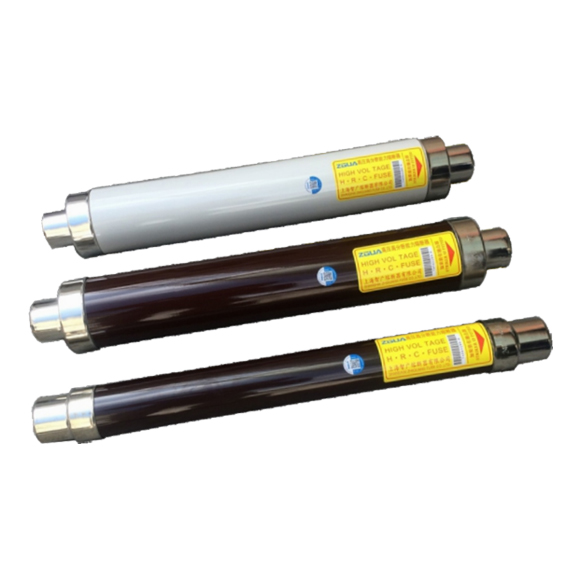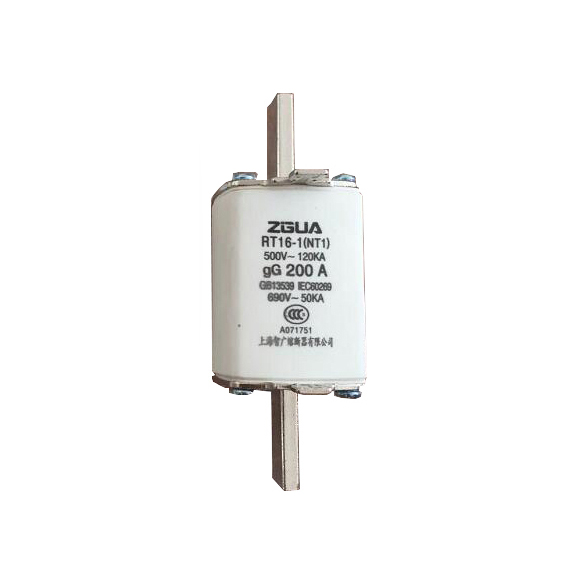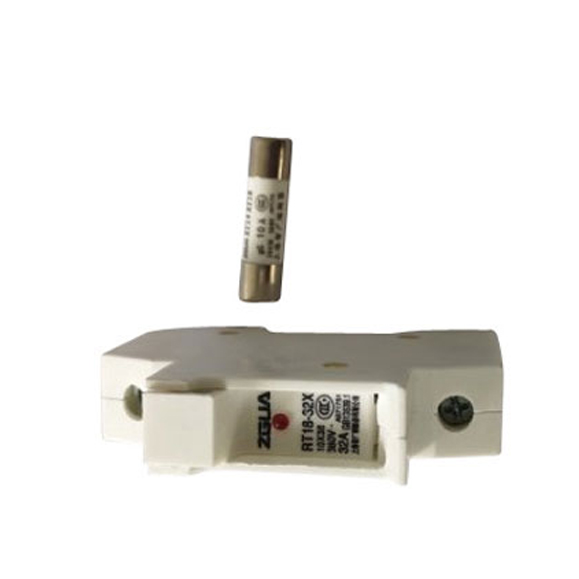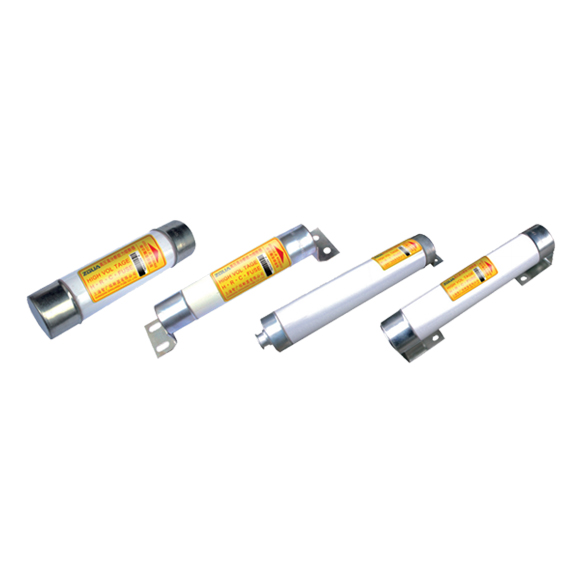China high voltage fuse manufacturer tells the difference between high voltage fuse and low voltage fuse
The difference between high-voltage fuses and low-voltage fuses, the difference between the melt of high-voltage fuses and the melt of low-voltage fuses, the difference between high-voltage circuit breakers, low-voltage circuit breakers, fuses, and the main parameters of high-voltage fuses Wait, interested friends refer to it.
High-Voltage Limit-Current Fuse For Protection Of Voltage Transformer
China high-voltage fuse manufacturer tells you what is the difference between high-voltage fuses and low-voltage fuses.
Fuses can be divided into high-voltage fuses and low-voltage fuses according to the voltage used. China high-voltage fuse manufacturers tell you that high voltage is higher than 1KV and lower than 330KV; lower than 1KV is low voltage. The function of fuse is used for overload protection and short-circuit protection of the circuit and electrical equipment. Features. Fuses are small in size but capable of breaking high short-circuit currents.
High voltage fuse
A high voltage fuse (FU) is a widely used over-current protection device. Its main function is to provide short-circuit protection to circuits and circuit equipment, but some also have the function of overload protection.
In the user's power supply and distribution system, high-voltage tubular fuses such as RN1 and RN2 are widely used indoors, and high-voltage drop-off fuses such as RW4 and RW10 are widely used outdoors.
Low voltage fuse
The function of the low-voltage fuse is mainly to be connected in series in the low-voltage power distribution system for short-circuit protection, and some can also realize overload protection at the same time.
RM10 sealed tube fuses and RT10 stuffed tube fuses are widely used in power supply and distribution systems.
What is the difference between the melt of high voltage fuse and the melt of low voltage fuse?
China high-voltage fuse manufacturers tell you that the longer the fused core, that is to say, the higher the voltage, the longer the fuse. The high-voltage is usually a glass and ceramic shell. Because the fuse of the high-voltage fuse is too long, there is still a Bending process.
The key lies in arc extinguishing. High-voltage fuses are thin and long, and low-voltage fuses are short. The high-voltage melt is thinner than the low-pressure melt, the voltage is high and the current is small, the fuse is small, and vice versa.
The material of high-voltage fuse melt has a low melting point, good electrical conductivity is not easy to oxidize, and is easy to process. It is required that the material of the high-voltage fuse melt has a low melting point, good electrical conductivity is not easy to oxidize, and is easy to process. Generally, there are metal materials such as lead, lead-tin alloy, and silver. Generally, there are metal materials such as lead, lead-tin alloy, zinc, copper, and silver. The cross-sectional area of the melt made of these materials is quite large, but the conductivity is poor. The cross-sectional area of the melt made of these materials is quite large. When the high-voltage fuse is blown, too much metal vapor is generated, which is not good for arc extinguishing. Therefore, it is not suitable for devices with a voltage above 1000V. In the above devices, there is too much metal vapor, which is not good for arc extinguishing. Melts made of these materials were therefore used in the above devices at voltages above.
What is the difference between high-voltage circuit breakers, low-voltage circuit breakers, and fuses?
A circuit breaker is a switching device that can close, carry and break the current under normal circuit conditions, and can close, carry and break the current under abnormal circuit conditions (including short-circuit conditions) within a specified time. Circuit breakers can be used to distribute electric energy, start asynchronous motors infrequently, protect power lines and motors, and automatically cut off the circuit when they are severely overloaded, short-circuited, or under-voltage. Its function is equivalent to a fuse-type switch. Combination with overheating and underheating relays, etc. Moreover, there is generally no need to change parts after breaking the fault current.
High voltage is higher than 1KV and lower than 330KV; lower than 1KV is low voltage;
A fuse refers to an electrical appliance that fuses the fuse with the heat generated by itself and disconnects the circuit when the current exceeds the specified value. The fuse is based on the fact that after the current exceeds the specified value for a period of time, the heat generated by itself melts the melt, thereby disconnecting the circuit; a current protector is made by using this principle. Fuses are widely used in high and low-voltage power distribution systems and control systems, as well as electrical equipment. Short circuit and overcurrent protectors, and fuses are one of the most commonly used protection devices.
Main parameters of high voltage fuse
1. Rated voltage
High-voltage fuses must work at a rated voltage, therefore, the working voltage should be in accordance with its maximum rated voltage. Considering the switching voltage when the fuse is arced, the fuse cannot be used at a voltage lower than the rated voltage without restriction. Lower than rated voltage can be considered, but in this case, the insulation level of the system should not be exceeded when the arc is extinguished.
2. Resolution ability
Distinguishing ability is usually also called "rated maximum breaking current", this definition clearly shows the maximum current that can be cut off by the fuse. This current must be greater than the maximum short-circuit current through the fuse.
3. Minimum breaking current
The minimum breaking current is usually also called "rated minimum breaking current", and this value must be defined for backup fuses, from which the fuse is able to break the fault current.
4. Power loss
The power loss of a high-voltage fuse is determined according to its rated current. When using high-voltage fuse protection, the working current is generally only one-half of the rated current. According to physical principles, the actual power loss is less than one-fourth of the power loss value of the backup high-voltage fuse in the technical parameter table.
5. Current limit
When the short-circuit current is high, the high-voltage fuse can cut off the current within a few milliseconds. This means that the current is cut off before it reaches the peak of the sinusoid, which is a significant advantage over mechanical switches that take longer to turn on and cut off the current.
6. Operating voltage
China's high-voltage fuse manufacturer kindly reminds us that since the high-voltage fuse acts as a current limiter, the short-circuit current should be limited and weakened when it rises, which requires an operating voltage higher than the system voltage to force the current to return to zero. The operating voltage must be within the allowable range and not exceed 2.2 times the peak value of the maximum rated voltage.

 English
English 中文
中文 Pусский
Pусский Français
Français Español
Español





